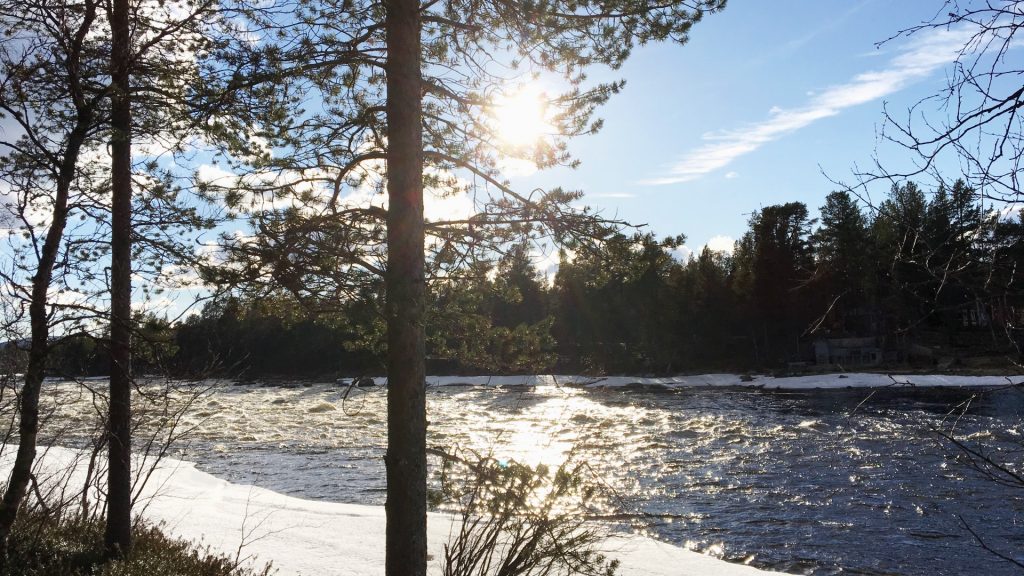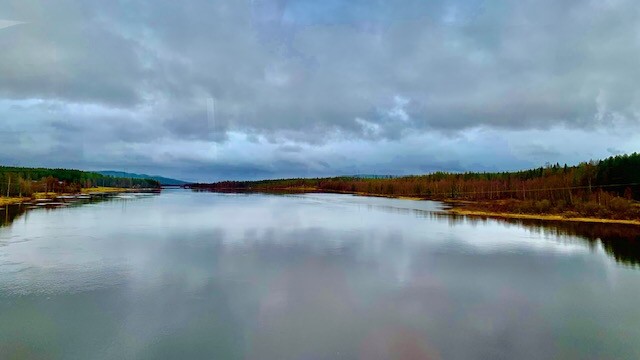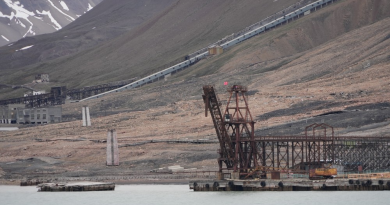Especially warm and rainy July for Arctic Finland

Lapland, the northernmost region of Finland, experienced an especially warm and rainy July this year, says the Finnish Meteorological Institute (FMI).
“A comparison with long-term averages shows that July temperatures were highest in Finnish Lapland and in the east of Finland,” the FMI said in a news release.
“Monthly precipitation records were broken at two observation stations.”
In northern and eastern Finland, July temperatures exceeded the longterm averages, the FMI said.
The average temperature in the south of the country were 18 C. Meanwhile in the North, the average was 13 C in the municipality of Enontekiö, in the northernwestern part of Lapland.
The most marked departure from the average was in the municipality of Utsjoki where temperatures were registered approximately two degrees above the average.
‘Highest lowest temperature recorded’
The lowest July temperature in Finland was 2.2 C and was recorded in the Lapland village of Naruska, in the municipality of Salla.
“This is the highest lowest July temperature recorded in the daily statistics since they were digitized in 1959.”

Precipitation records at two Arctic stations
Lapland was also the location, along with central Finland, that recorded more rain than usual and set records at two observation stations.
The preliminary data from the Saariselkä travel centre observation station had the highest precipitation of the month with 213.4 millimetres.
“The figure was the highest in the 46-year history of the station,” the FMI said.
Elsewhere in Lapland, a record was also set at the Lokka observation station in the municipality of Sodankylä where 146.4 millimetres was recorded.
Also in Lapland, direct, sun-light hours were down to 25-35 hours below the longterm average.
Comparison to 2021
The increased average temperatures were similar to those noted in Lapland in July 2021.
At that period, the highest average temperature was noted as 14C in northern Lapland, with temperatures in the region one to three degrees Celsius above average.
Write to Eilís Quinn at eilis.quinn(at)cbc.ca
Related stories from around the North:
Finland: Temperatures headed toward -40C in Finnish Lapland, Yle News
Russia: Record breaking temperatures recorded in Arctic Russia, Eye on the Arctic



